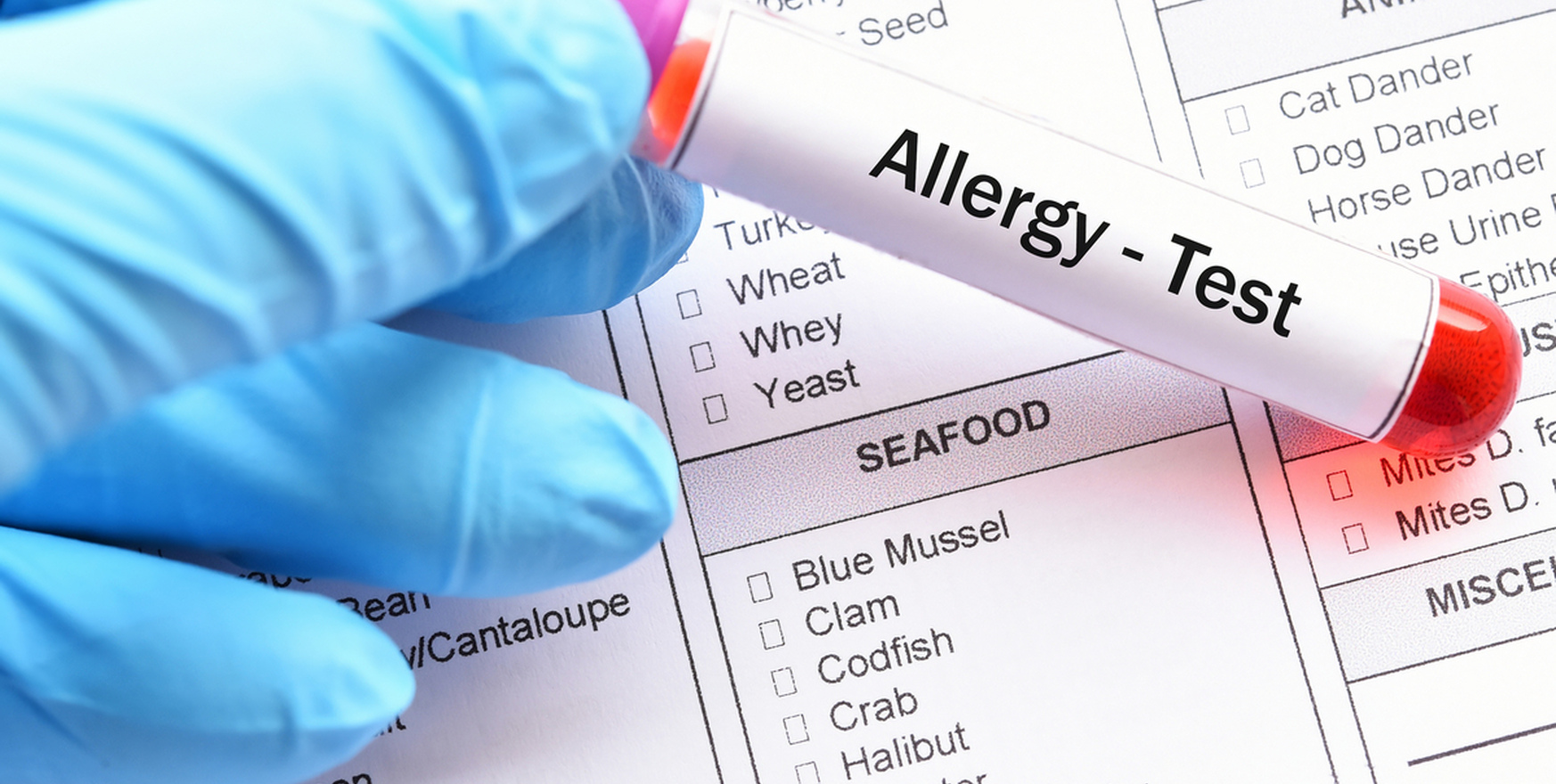
Allergy provocation testing is a diagnostic method that involves direct contact of the body with an allergen to assess the reaction to it. Tests are performed to confirm allergies to certain substances when other methods, such as skin tests or blood tests, have not provided an accurate result. Provocation tests are considered more specific and can be used to diagnose food, drug, and inhalant allergies.
Provocative tests are a highly accurate diagnostic method, but also potentially riskier, as they involve the direct introduction of an allergen into the body. Therefore, they are carried out only in a medical facility under the supervision of a doctor in order to quickly stop a possible allergic reaction.
Types of provocative tests
There are several types of provocative tests, which differ in the method of introducing the allergen and the type of suspected allergy:
- Nasal provocation test. Used to diagnose allergic rhinitis. A solution with a suspected allergen is introduced into the nose, and the doctor observes the patient's reaction. A positive reaction may include nasal congestion, sneezing, itching, and watery eyes.
- Conjunctival provocation test. Used to diagnose allergic conjunctivitis. An allergen solution is applied to the mucous membrane of the eye. A positive reaction is manifested by redness, lacrimation, and itching in the eyes.
- Inhalation provocation test. Used to diagnose bronchial asthma caused by allergies. The patient inhales the allergen, and the doctor observes changes in respiratory function (for example, a decrease in forced expiratory volume). This test requires great caution, as bronchospasms are possible.
- Food challenge test. Used to diagnose food allergies. The patient is given small doses of the suspected allergen (such as peanuts or milk) orally, with the dose gradually increasing to detect a reaction. The procedure is performed under strict supervision due to the risk of anaphylactic reaction.
- Sublingual provocation test. An allergen is placed under the tongue, used to detect food or drug allergies. A positive reaction may result in itching and redness under the tongue or a general allergic reaction.
When are provocation tests ordered?
Provocative tests are performed in the following cases:
- Inconclusive results from other tests: If the results of skin tests or blood tests are inconsistent or not accurate enough to make a diagnosis.
- Diagnosis of food allergies. Provocative tests are used to determine exactly which foods are causing the allergy, especially if the patient has multiple allergies or cross-reactions.
- Suspected drug allergy. Provocative tests help confirm or rule out allergies to specific drugs, such as antibiotics or anesthetics.
- Evaluation of the effectiveness of specific immunotherapy ( SIT ). Provocation tests can be used to evaluate the effectiveness of SIT treatment and to determine the degree of tolerance to the allergen.
Provocative tests in Belarus allow for accurate diagnosis of allergies, selection of optimal treatment and development of individual recommendations for the patient, which improves his quality of life and helps control allergic reactions.

